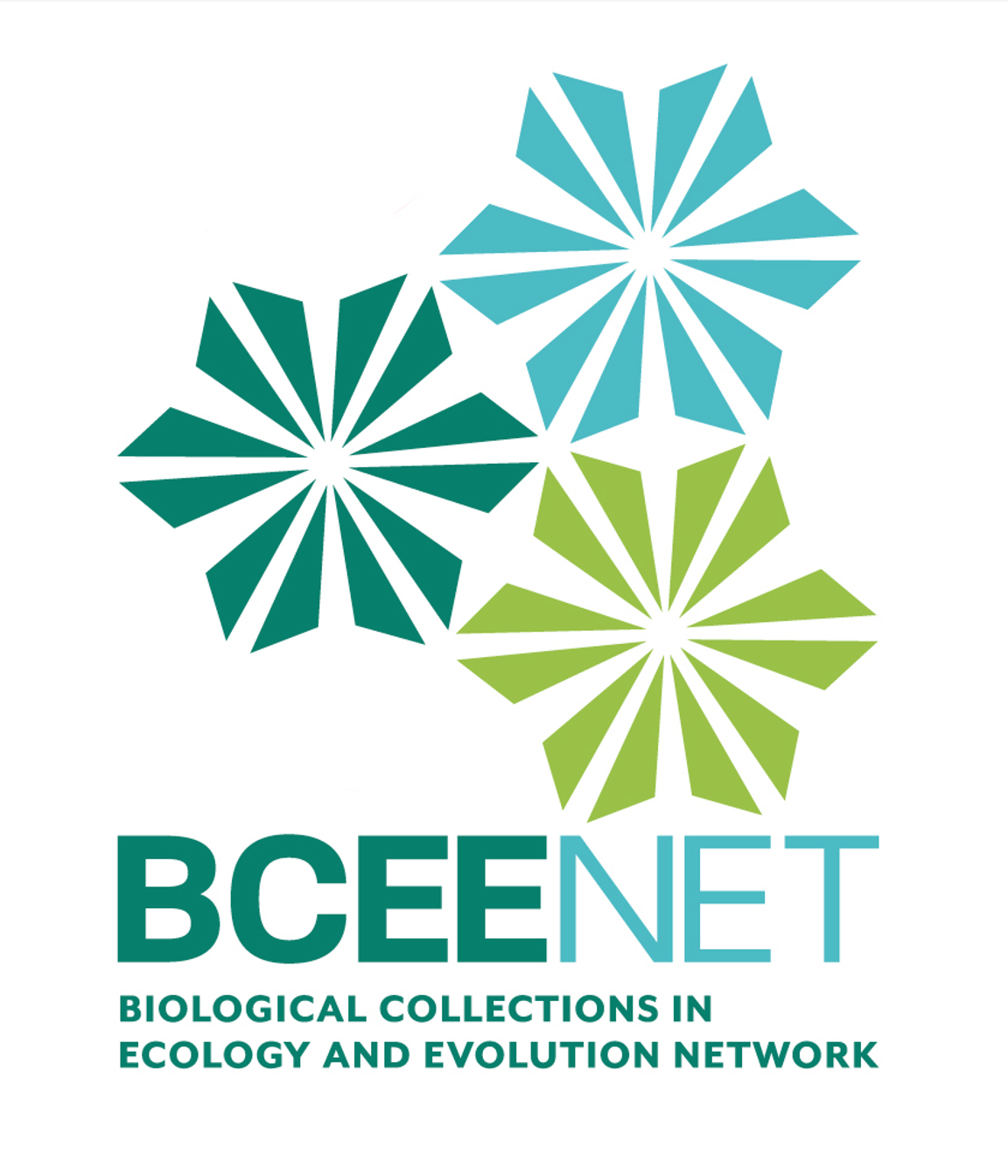If you are interested in implementing a BCEENET CURE and would like peer support and free training, please reach out to bceenetwork@gmail.com
BCEENET CUREs
Include teaching guides, schedules, assignments, and more!
Teach a Course-based Undergraduate Research Experience (CURE) using digitized natural history collections data to test hypotheses on sexually dimorphic wing melanization patterns of Pieris rapae butterflies. This inclusive CURE can be implemented in in-person, online, and hybrid formats, synchronously or asynchronously, and requires only student access to a computer and the internet.
This course-based undergraduate research experience (CURE) uses digitized natural history collections data to answer questions about species distributions and their drivers. This inclusive CURE can be implemented in in-person, online, and hybrid formats, synchronously or asynchronously, and requires only student access to a computer and the internet.
BCEENET Core Teaching Modules
Standalone activities that are used in multiple BCEENET CUREs
Use GEOLocate to assign geographic coordinates to natural history collections specimens
Mapping Specimen Occurrence Data in QGIS
Version: 2.0
Use digitized natural history collection occurrence data from the Global Biodiversity Information Facility (GBIF) to map the distribution of the beaver in the state of Oregon from 1800-2020 using QGIS
Spatial Analysis with QGIS
Version: 1.0
Map specimen data points using QGIS, connect them to form a polygon using the Concave Hull plugin, and calculate the range of a species to examine how it changes over time.
Use ImageJ to analyze morphological characters in digital images of natural history specimens. Skills are transferable to many organisms and other morphological measurements.
Use digitized natural history specimen data from the Alexander Archipelago in Alaska to explore hypotheses about island biogeography. Reprinted from Proceedings of the Association for Biology Laboratory Education (2019).
Hidden Figures Modules
Teaching activities for exploring the untold stories of collectors
In this introduction to hidden figures in natural history collections (NHCs), students will read an article that gives a unique historical perspective of museums and will then participate in a reflection (written and discussion-based) on hidden figures in NHCs.
The Importance of an ORCID
Version: 1.0
This lesson introduces students and instructors to the use of ORCIDs (Open Researcher and Contributor ID), and walks students through the process of registering for an ORCID. This module also helps explain the importance of obtaining an ORCID for anyone involved in research.
Introduction to Bionomia
Version: 1.0
This module introduces students and instructors to Bionomia, a database that highlights the collectors and identifiers of natural history specimens. It aims to foster appreciation for these individuals, including historically underrepresented groups, and guides students in attributing specimens to collectors, offering insights into their contributions to science.
Integrating Wikidata with Data Sleuthing Techniques for Enhanced Knowledge Discovery of Hidden Figures
Version: 1.0
This activity explores how natural history contributions, particularly by underrepresented groups such as women and Indigenous peoples, can be recognized and amplified using Wikidata. Through the creation and integration of structured data about these contributors, Wikidata not only enhances their visibility but also serves as a powerful hub linking multiple databases and fostering inclusivity within the scientific community.
Comments
There are no comments on this entry.
